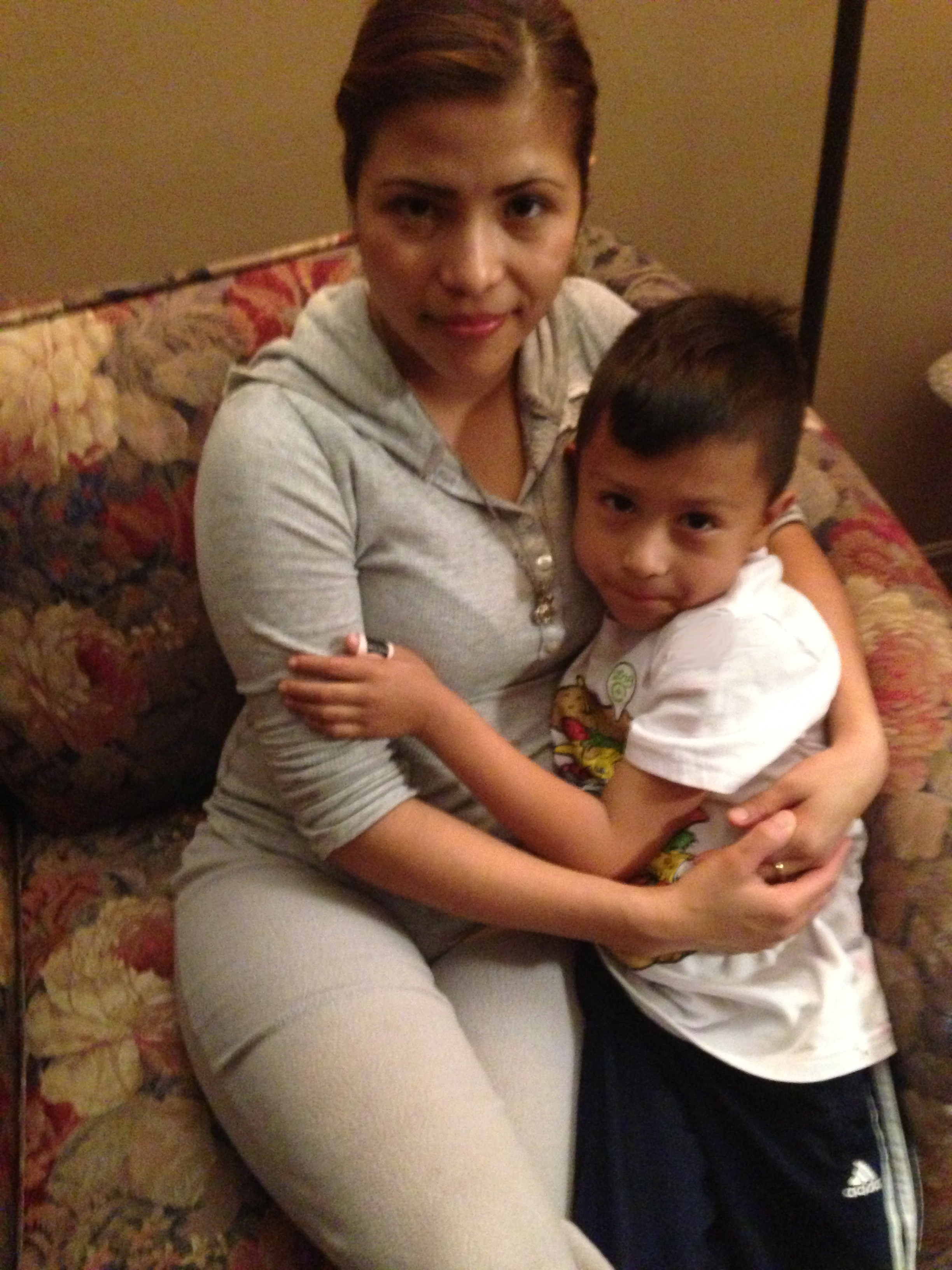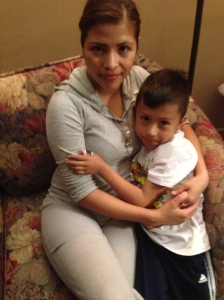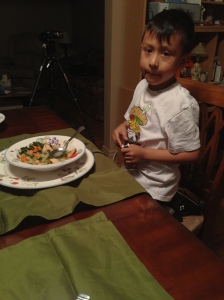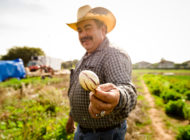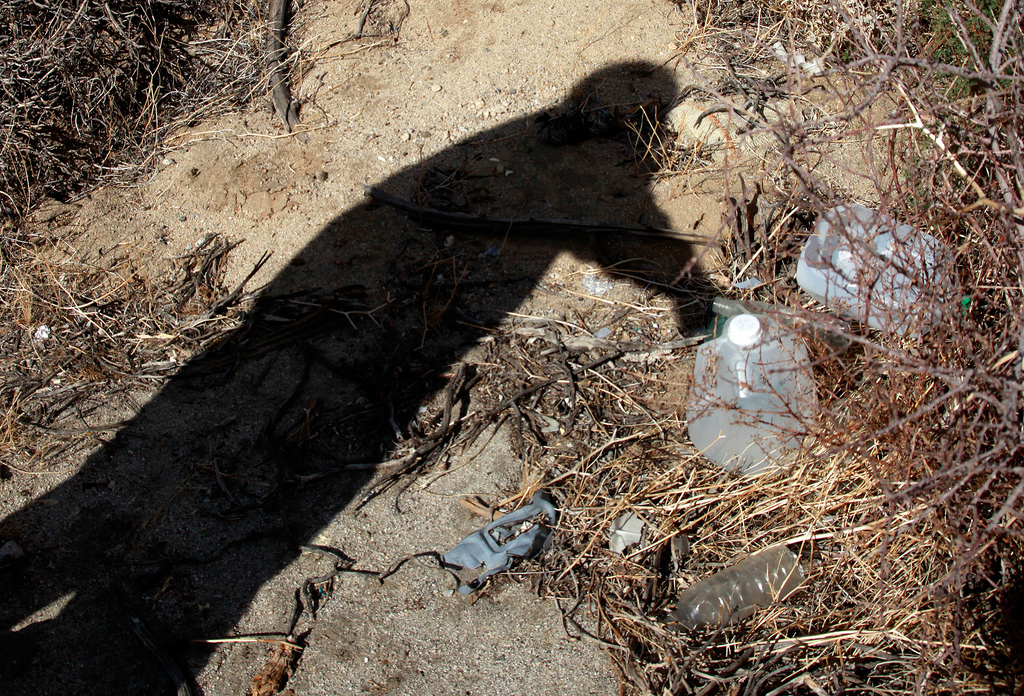According to the Centers for Disease Control and Prevention, 25.8 million people in the United States have diabetes — seven million of them remain undiagnosed — and another 41 million are said to have pre-diabetes, a condition where blood sugar rises above normal or stable levels.
By RACHAEL OBAZUAYE
EL NUEVO SOL
In early 2007, 20-year old Lucila Hernández discovered she was pregnant with a little boy. She went in for her initial appointment with her doctor, who confirmed she was pregnant and everything was fine. However, at her second prenatal appointment her doctor ran blood tests and asked her something that would change her health and her life forever.
“He asked someone in my family had high blood pressure or diabetes,” says Hernández, “and I told him yes, because my mother and my father in law both are diabetic”
The doctor then asked Hernández what kinds of foods her diet consisted of. She was honest with him and said she “was eating hamburgers, carnitas, beef hamburgers, just a lot of fast foods.”
The doctor told Hernández that if she wanted a healthy baby and to be healthy herself, she had to stop eating unhealthy food.
“I was scared that anything cold be wrong with my baby and my health,” says Hernández. “I knew my eating habits had to change or I would be at risk of getting diabetes or even giving my baby diabetes which wouldn’t be fair to him.’
According to the Centers for Disease Control and Prevention (CDC), 25.8 million people in the United States have diabetes (seven million of them are undiagnosed), and another 41 million are said to have pre-diabetes, a condition where blood sugar rises above normal or stable levels.
In comparison to whites CDC indicates Latinos are almost twice as likely to have diabetes and among adults aged 18 to 44 years, 3.2 percent of Latinos had diagnosed diabetes compared with 1.3 percent of non-Hispanic whites in the same age group.
CDC says gestational diabetes — a form of diabetes diagnosed in pregnant women — affects ten out of every hundred women. This category of diabetes usually goes away after pregnancy however; sometimes it does not, and develops into type two diabetes.
Diabetes increases the chances of miscarriage, premature birth, still birth, and the need to have a C-section. Heart disease and stroke are serious complications caused by diabetes so CDC warns “prevention is key.”
[soundcloud url=”http://api.soundcloud.com/tracks/70035592″ params=”?” width=” 100%” iframe=”false” /]Hernández’s doctor told her about Women, Infants and Children, also known as WIC, a federal program that assists women in low income households. Her doctor recommended the program to Lucila to help her learn and practice healthier eating habits.
The program provides vouchers from the state to women who are pregnant and women after pregnancy. The services are also available to their infants and children up to the age five who are found to be at nutritional risk. No insurance coverage is necessary to participate in the WIC program.
Hernandez’s doctor suggested she immediately became involved with WIC, and she did.
“I was scared to hear that anything could be wrong with my baby, I already cared so much for him, even though he was not born yet, and wanted the best,” Hernández says.
Hernández was not only looking to improve her health, she wanted her baby to grow up healthy as well.
“WIC is a program that helps not only individuals themselves but helps generations of family to come,” WIC representative Julia Barco says.
Through WIC nutritional classes, Hernández says she learned portion control and substitution which she tells her 58-year-old mother-in-law is a good way to start.
“Eating healthy is good but so hard to do,” Hernández’s mother-in-law Consuelo Pérez says. “But Lucila teaches us how to make delicious healthy foods.”
Hernández completely changed the way she eats.
“I eat more chicken, fish, vegetables, fruit, salad, and don’t use a lot of oil,” she says.
Today, 26-year old Hernández grabs a grocery cart and begins shopping for dinner. She starts in the fruit and vegetable isle, grabs two carrots, a leafy bushel of kale, and a large onion.
Her five year old son, Anthony, scans all the fruits and vegetables. His round, brown eyes open wide. He excitingly darts over to a bin filled with apples and grasps a couple. Anthony politely asks his mom if he can have the plush red apples; she nods yes.
Hernández continues shopping for the rest of her groceries — brown rice and chicken breasts. She is making brown rice and chicken vegetable soup — a dish in a recipe book she received from WIC.
Not only did Hernández benefited from WIC, three generations of her family learned how to eat healthy through the WIC program. Lucila, her mother in law, and her five year old son, Anthony.
When her son is asked what his favorite foods were, he didn’t say hamburgers, or chips, or even candy, Anthony said, as he took a sip from a carton of milk, “broccoli” and “strawberries.”
Tags: California CDC Centers for Disease Control and Prevention children diabetes diet eating habits gestational diabetes health Healthy Families heart disease Lucila Hernández medicine nutritional classes obesity pregnancy WIC Women Infants and Children






